The Invisible Revolution of Communication
Every day, millions of devices exchange data invisibly to end users. This phenomenon, part of what we call the Internet of Things (IoT), relies on a critical foundation: mobile communication technology.
While users enjoy stable mobile signals and fast internet connections, a profound transition is taking place in the background: networks are evolving, and some legacy technologies are being phased out entirely.
For industries like utilities (water, gas, electricity), this evolution brings both challenges and opportunities.
In this article, we’ll explore the main generations of mobile technology – 2G, 3G, 4G, and 5G – and explain why NB-IoT (Narrowband Internet of Things) has become the preferred technological standard for smart metering applications. We’ll also look at strategic decisions made at the European level, implications for Romania, and how Homplex is developing its solutions in line with what the future demands.
2G – The Pioneer Making Its Exit
Although 2G (GPRS) technology may seem outdated today, it played a crucial role in the history of communication. For many of us, 2G meant sending our first SMS, making the first clear phone call, and perhaps even using mobile data for the first time — just enough to receive an email or check an important piece of information while away from the office. Behind these seemingly simple moments stood a network that, at the time of its launch, was revolutionary.
In the utilities sector, 2G became the standard for remote meter reading. Its stability and wide coverage — especially in rural areas — allowed devices to periodically transmit readings without human intervention. For operators, it was a convenient, affordable, and functional solution.
However, today, that convenience comes with a hidden cost. Maintaining 2G networks requires resources from operators, and the radio spectrum it occupies is highly valuable for the development of modern networks. In addition, the lack of support for security updates, lower energy efficiency compared to newer standards, and limited data transfer capabilities have turned 2G into a declining technology.
The European Union is encouraging the gradual decommissioning of legacy networks. Germany shut down its 3G network in 2021, Switzerland phased out 2G in 2020, and countries like the Netherlands, Sweden, and Norway are well advanced in their transition.
Romania, though moving at a slower pace, is on the same path. ANCOM (the National Authority for Management and Regulation in Communications) has confirmed its alignment with European trends regarding efficient spectrum usage, as the EU has set 2030 as the general target for phasing out 2G networks.
For companies still relying on equipment that communicates via 2G, this is a critical time. It’s not just a generational shift in technology — it’s a moment of strategic decision: do we reinvest in the past, or do we build with the future in mind?
3G – When the Internet Went Mobile
When 3G was launched in the early 2000s, it marked the beginning of a new era in mobile communications: internet on the go, video calls, and fast access to data. For consumers, 3G meant the freedom to browse the web, send emails, and use mobile apps smoothly — for the first time. But while everyday users enjoyed this digital revolution, the reality was more complex in industrial and infrastructure sectors.
For the utilities industry, 3G came with high expectations but also significant limitations. Battery-powered devices — such as smart meters — struggled with increased energy consumption.
In addition, the cost of communication modules, challenges in signal penetration in underground or remote areas, and the need for frequent maintenance limited the real-world applicability of 3G for industrial IoT.
The European Commission, through its “Gigabit Society 2025” initiative, emphasized that 3G networks no longer meet current goals for sustainability, energy efficiency, and scalability. The transition to newer standards is viewed as a strategic necessity.
In practice, this means that European operators have already begun phasing out 3G networks — a process Romania is gradually following as it aligns with continental regulations and trends.
4G – The Multimedia Network
4G technology has become the backbone of mobile internet over the past decade. It’s the network powering most modern smartphone applications: video calls, HD streaming, GPS navigation, ridesharing services, and more. It delivered near-instant responsiveness for human users, accelerating the digitalization of society.
However, in the context of utility infrastructure, the advantages of 4G don’t translate directly into benefits. Gas, water, or electricity meters don’t need download speeds of tens of megabits per second. They transmit just a few kilobytes of data at regular intervals.
For this task, 4G is simply too much — an oversized technology that consumes more energy than needed and comes with higher costs for data plans and hardware.
Another important factor is technical complexity: 4G modules are more expensive, bulkier, and less energy-efficient than IoT-specific alternatives. On top of that, 4G networks are already congested with traffic from millions of human users, which can lead to instability or unpredictable latency during peak times.
In many smart infrastructure projects, 4G was adopted more out of necessity than because it was the right fit. Today, with NB-IoT and other dedicated standards now available and stable, technology choices can be made with much more precision.
For applications that prioritize reliability, low cost, and long battery life, 4G is no longer the ideal choice.
5G – Peak Performance
In recent years, 5G technology has become synonymous with the digital future. It’s often mentioned in spectacular contexts: remote surgery, autonomous vehicles, augmented reality, smart factories. And rightfully so — 5G offers incredibly high data transfer speeds and near-instant response times. It’s a technology designed for applications where every millisecond counts.
However, in utility infrastructure — where a meter needs to transmit just a few kilobytes every few hours and operate for years on a single battery — the advantages of 5G do not translate into real benefits. Ultra-low latency is unnecessary, and the power consumption and complexity of 5G modules become major drawbacks.
Just like with 4G, the costs associated with 5G modules, the infrastructure needed for wide-area coverage, and the price of data subscriptions are often prohibitive for use cases with high deployment volumes but low revenue per device — such as large-scale smart metering.
So, while 5G plays a vital role in the digital transformation of major industries, it is not the right technology for every scenario.
For simple, battery-powered field devices that are geographically dispersed, there are more efficient and specialized solutions.
NB-IoT – The New Industry Standard, Perfect for Metering
While previous mobile technologies were built primarily to serve human needs — calls, video, and mobile internet — NB-IoT was designed with machines in mind: devices that need to operate reliably, efficiently, and for long periods.
NB-IoT stands for Narrowband Internet of Things, and it is a technology built first and foremost for efficiency. It’s ideal for stationary devices such as gas or water meters, which are required to periodically transmit small amounts of data. These devices don’t need high speeds or continuous data transfer — what they need is long battery life and stable coverage, even in hard-to-reach locations like basements, technical shafts, or metal enclosures.
One of the key advantages of NB-IoT is that it runs on existing mobile networks. It doesn’t require building new infrastructure but uses the current radio spectrum with a narrow bandwidth — hence the name. This “narrow modulation” allows the signal to penetrate deeper into buildings and remain stable even in areas with significant physical obstacles.
From an operational perspective, NB-IoT offers clear advantages: a single network can support thousands of devices per square kilometer, and a device can function for 5 to 10 years on a standard battery. These benefits are crucial for public infrastructure projects, where physically accessing devices for maintenance is costly and logistically complex.
Today, NB-IoT is internationally standardized by 3GPP and actively supported by telecom operators across Europe, ensuring its long-term viability. It is a mature, proven, scalable solution — fully aligned with European policies on digitalization and energy efficiency.
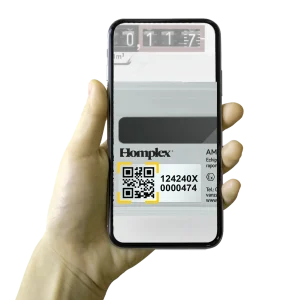
The Inevitable Transition – What Becomes Obsolete?
tility companies — including those in energy, water, gas, or public lighting — are facing a clear choice: continue supporting systems that are rapidly becoming outdated, or invest in connected solutions compatible with the digital infrastructure of the future.
The technologies that remain relevant are those specifically designed for the Internet of Things. NB-IoT, in particular, has proven to be the most mature and widely adopted solution across Europe. It offers an excellent balance between cost, battery life, reliability, and long-term technological support. LTE-M is a growing alternative, though its coverage is still limited in some regions.
Ultimately, the difference between a smart investment and a risky one is no longer just about the price per device — it’s about how long that device will remain functional within a network that’s being phased out.
Homplex’s Approach – Engineered for Long-Term Value
In a rapidly evolving technological landscape, where every investment decision carries long-term implications, Homplex has chosen a clear path: to develop solutions that are not only functional today, but remain relevant tomorrow.
Our smart metering solution, based on NB-IoT and compatible with LTE-M, is built on a solid understanding of real-world conditions — where challenges are frequent and well known: technical rooms located in hard-to-reach basements, areas with weak mobile coverage, high autonomy requirements for devices, and a constant pressure to reduce operational costs.
NB-IoT meets these needs efficiently and pragmatically. Integration with existing meters is fast and requires no costly modifications. The Homplex software platform provides an intuitive interface and access to actionable data for better decision-making and optimization. And our technical support — by phone, email, or on-site — is not an afterthought, but a core part of the value we deliver.
At Homplex, we don’t choose technologies based on trends, but on clear criteria: they must be tested, scalable, compliant with European regulations, and backed by long-term, reliable partners. And when things don’t go perfectly — as is sometimes the case in any project — we respond quickly, with real solutions, not just links to complex documentation.
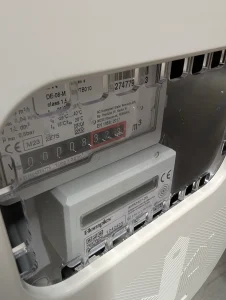
Sources:
GSMA Intelligence, European Commission – Digital Decade Targets, ANCOM, CEPT Reports
European Commission – Connectivity Toolbox 2021, ETNO Annual State of Digital Communications Report
GSMA 5G IoT Guide, ITU-T Technical Reports
3GPP Release 13, GSMA NB-IoT Deployment Guide, Huawei Whitepaper on NB-IoT Applications
European Conference of Postal and Telecommunications Administrations (CEPT), GSMA Europe Reports




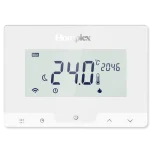







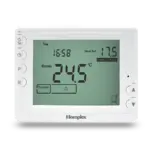

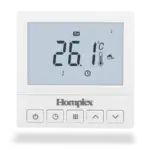


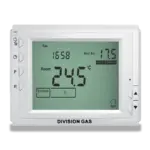







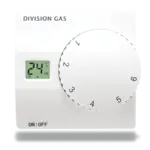



















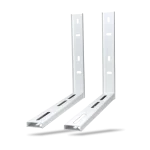

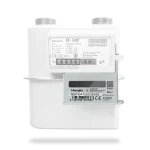
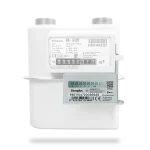
















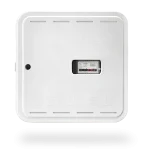
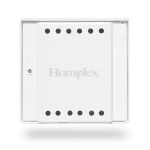












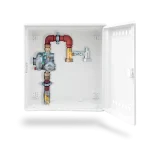
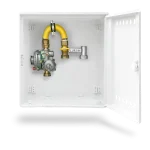
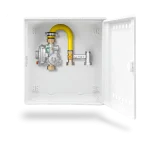
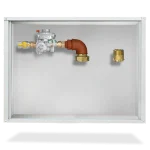
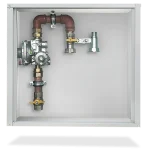
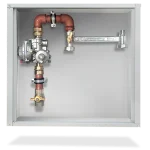




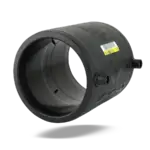














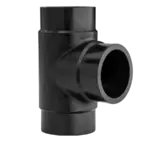













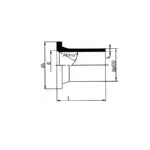















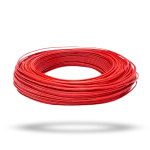




















































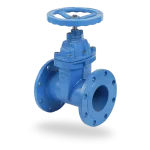
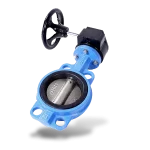
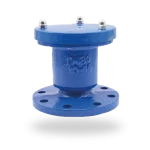

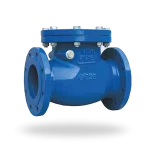
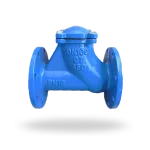


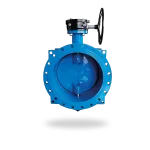






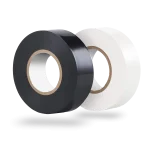

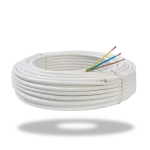
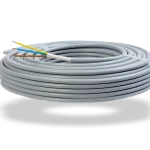
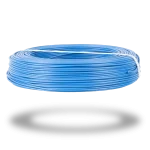
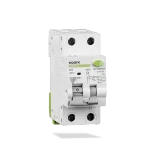

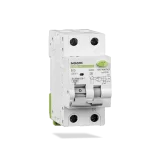
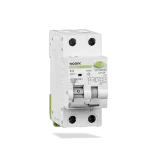
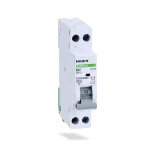

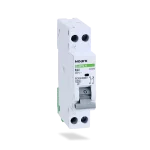
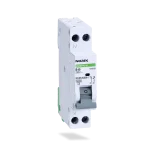
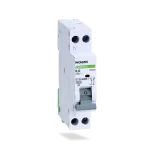
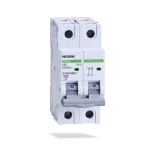
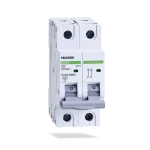



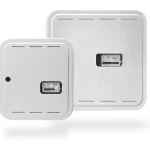






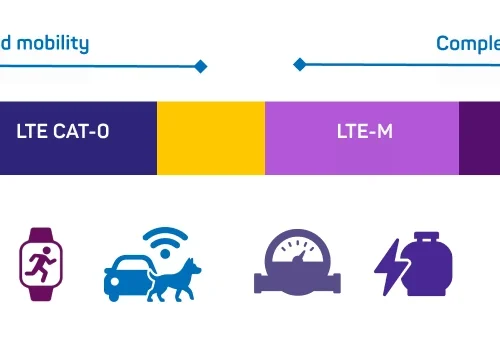
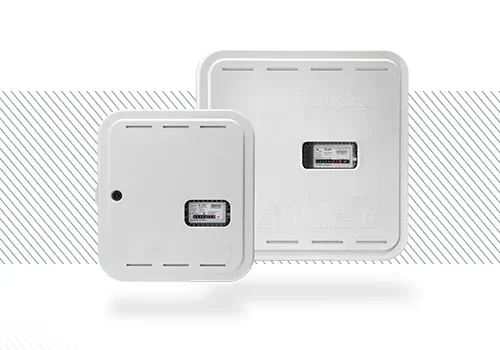


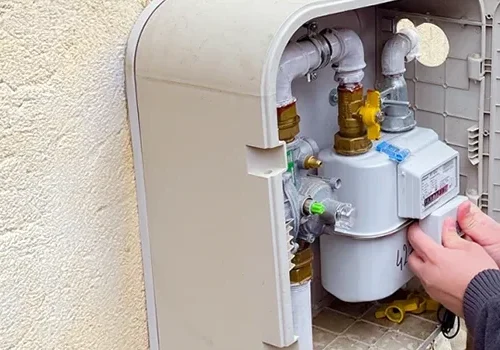

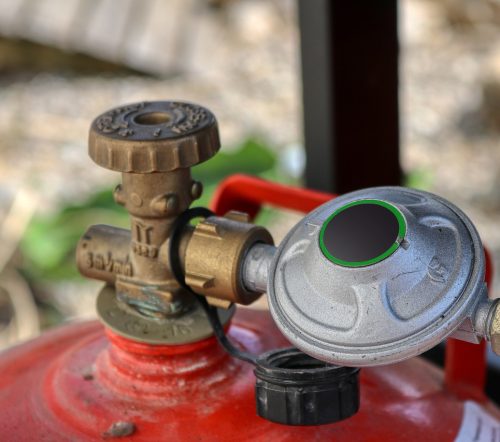
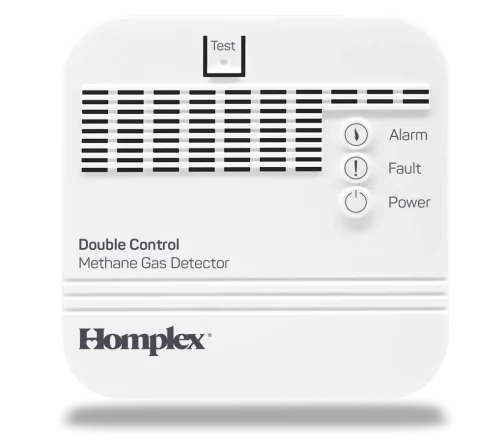



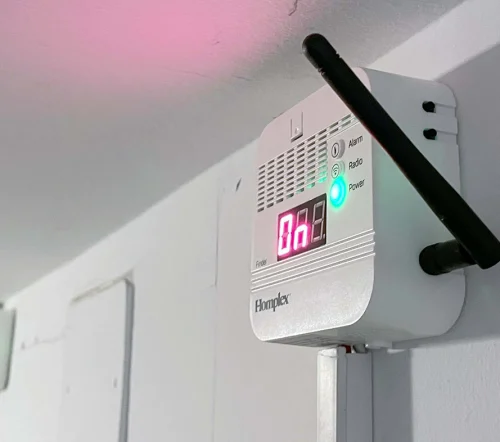







No Comments yet!